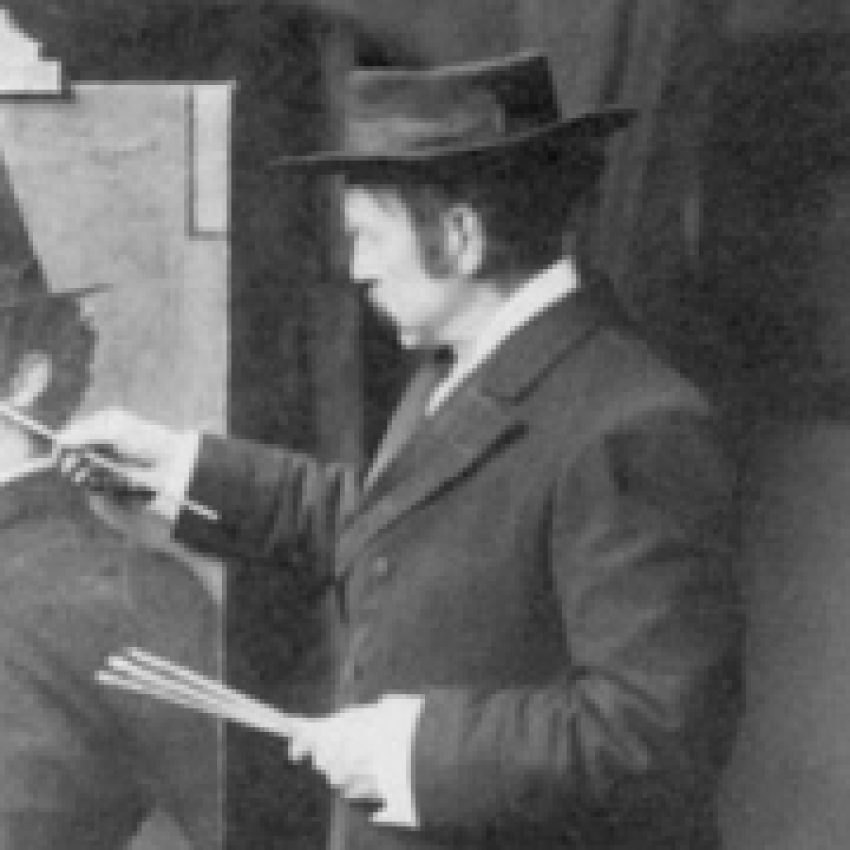
The son of Charles William Greaves, a Chelsea boat builder and waterman, and his wife, Elizabeth Greenway, Greaves was born in 1846 at 31 Cheyne Walk, Chelsea, London. His father had been J. M. W. Turner’s boatman. Greaves and one of his brothers, Henry Greaves (1844’1904), met Whistler in 1863, introducing him to the sights of the River Thames, and becoming his studio assistants, pupils and close friends for over 20 years.
The American painter later used these Thames expeditions for inspiration when painting his ‘nocturne’ views of the river at night. “He taught us to paint”, Walter Greaves said, “and we taught him the waterman’s jerk”.
+ Follow works by this artist
+ Share Artist

The son of Charles William Greaves, a Chelsea boat builder and waterman, and his wife, Elizabeth Greenway, Greaves was born in 1846 at 31 Cheyne Walk, Chelsea, London. His father had been J. M. W. Turner’s boatman. Greaves and one of his brothers, Henry Greaves (1844’1904), met Whistler in 1863, introducing him to the sights of the River Thames, and becoming his studio assistants, pupils and close friends for over 20 years.
The American painter later used these Thames expeditions for inspiration when painting his ‘nocturne’ views of the river at night. “He taught us to paint”, Walter Greaves said, “and we taught him the waterman’s jerk”.
+ Follow works by this artist
+ Share Artist